Home > Sections > The Universe > The Planets
Last Updated: 14th June 2023
ARCHIVED ITEM: this page is no longer updated.
The Planets
Planets, Solar System, Mercury, Venus, Earth, The Moon, Mars, Asteroid Belt, Jupiter, Saturn, Uranus, Neptune, Pluto, dwarf planet, Planet X, Kuiper Belt, Oort Cloud.
Introduction
Now, how old are you when you are reading this? If you're of school age, this will be easy reading. If, like me, you are of a certain age, this is a hard pill to swallow. There are eight planets in the solar system. Eight. They are have different features, from rock formed planets like Earth and Mars, to gas giants like Saturn and Jupiter.
The Eight Planets
If, like me, you're over the age of 30, you will know that forever and day (at least since 1930), there have been 9 planets classed in our solar system. As of 2006, there have only been eight planets classed in the solar system. This is because Pluto, which is now designated a dwarf planet, was redesignated by the International Astronomical Union.
So, there are eight planets, and here they are:
- Mercury
- Venus
- Earth
- Mars
- Jupiter
- Saturn
- Uranus
- Neptune
Their Names
The planets are all named after Romand and Greek gods and goddesses. This doesn't include Earth, however, which got it's name meaning soil in almost every language going. If you look at the name Earth in other languages, it goes as follows:
- In Dutch, it is Aarde
- In French, it is Terre
- In German, it is Erde (this is where the English version originates from)
- In Italian and Portuguese, it is Terra
- In Kurdish, it is Erd
These are just some examples.
As for the other planets, their names originate from Romand and Greek gods and goddesses. They were named this way because they were the only ones you could see with the naked eye, and they are as follows:
- Jupiter, the biggest planet, so named after the king of the Roman gods
- Mars, named after the god of war, given it's red hue
- Mercury, so named due to it's quickness of rotating around the Sun
- Saturn, named after the god of agriculture
- Venus, the brightest planet, named after the goddess of love and beauty
Uranus and Neptune
The other two planets were discovered after use of a telescope, which wasn't invented until the 1600s. When Uranus was discovered, it was originally going to be called Georgium Sidus (George's Star) after the then current British ruler, but after some discussion, it was chosen that Uranus would be used, which was a Latinised version of the Greek god of the sky, Ouranos.
It wasn't until the 1800s that Neptune was found. It gained it's name because of it's blue hue (it being a vivid blue planet) after the Roman god of the sea.
Interesting fact: of all eight planets in the Solar System, we (Earth) have the highest density. Mercury has the second highest, and Venus has the third.
Pluto
I'll mention it here. Pluto was discovered in 1930, and was named by a schoolgirl in England after the god of the underworld.
But, Pluto is no longer recognised as a true planet. It is considered a dwarf planet.
Here is a YouTube video from National Geographic about the Solar System:
Different Models
For hundreds of years, we have believed that everything rotates around the Sun. This has been the way of thinking since Galileo. But, scientists and astronomers now think that the heliocentric model that we are all used to seeing, should now be replaced by the helical model. This model shows the planets moving forward, with the Sun acting similar to a comet. If you look at the resources, you'll find both styles.
That isn't to say that we should just dump the heliocentric model. Oh no, for education purposes, and to introduce people to the Solar System, it's still a great way to show them what is there, so we use both to demonstrate our findings when necessary.
Other Celestial Objects
Along with the planets, there are lots of other celestial objects in space. These include:
- Asteroids
- Moons
- Comets
- Black holes
- Other stars
There may also be other planets. There is talk among scientists that there is also another true planet in our Solar System, currently known as Planet X. Planet X may be as big as Neptune, and although still a mathematical equation (much like how Neptune was found), there is a possibility that it could have a larger mass than Earth, and a longer orbit around the Sun than that of Pluto. It is just a theory for now.




 Mercury
Mercury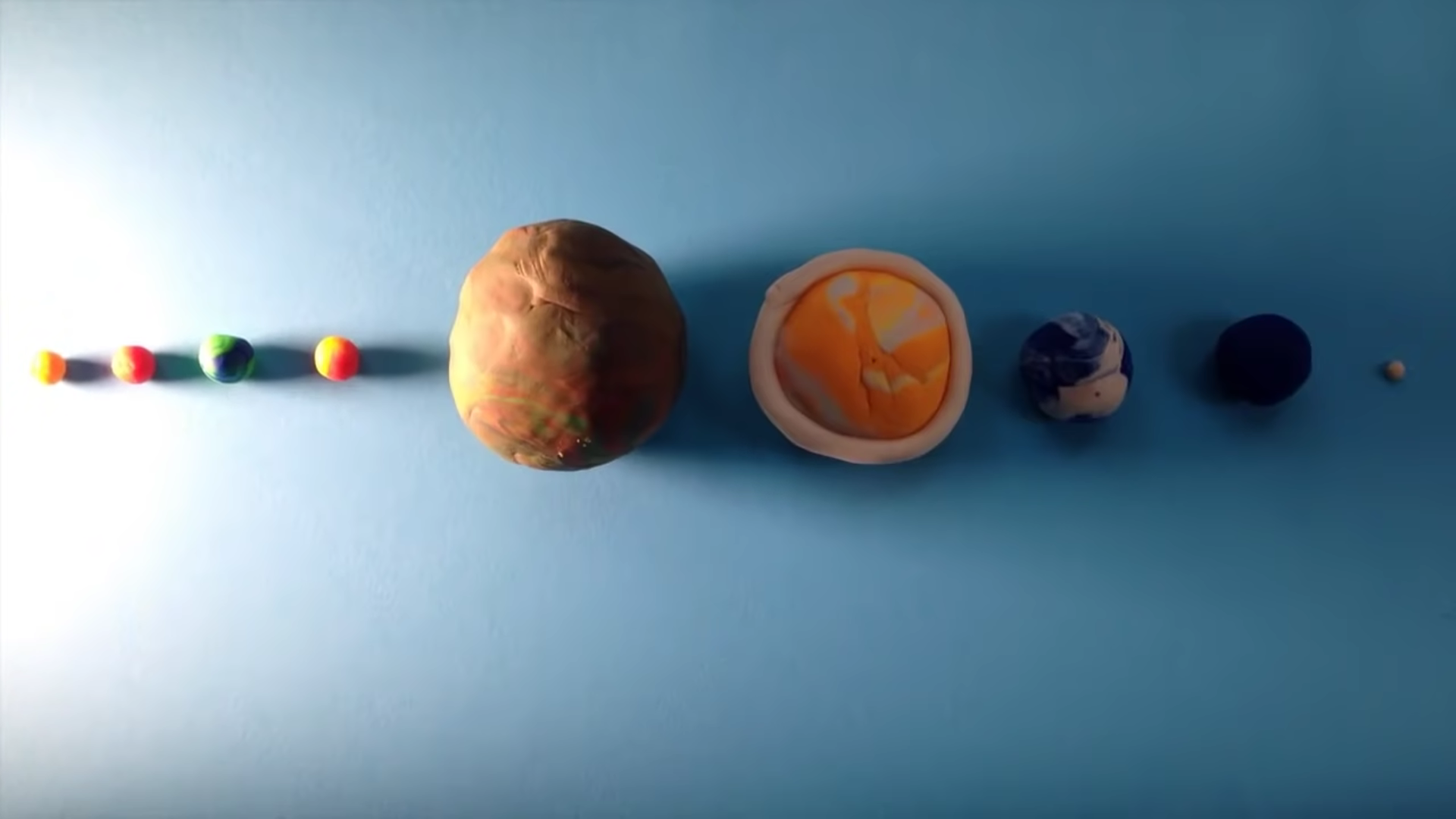
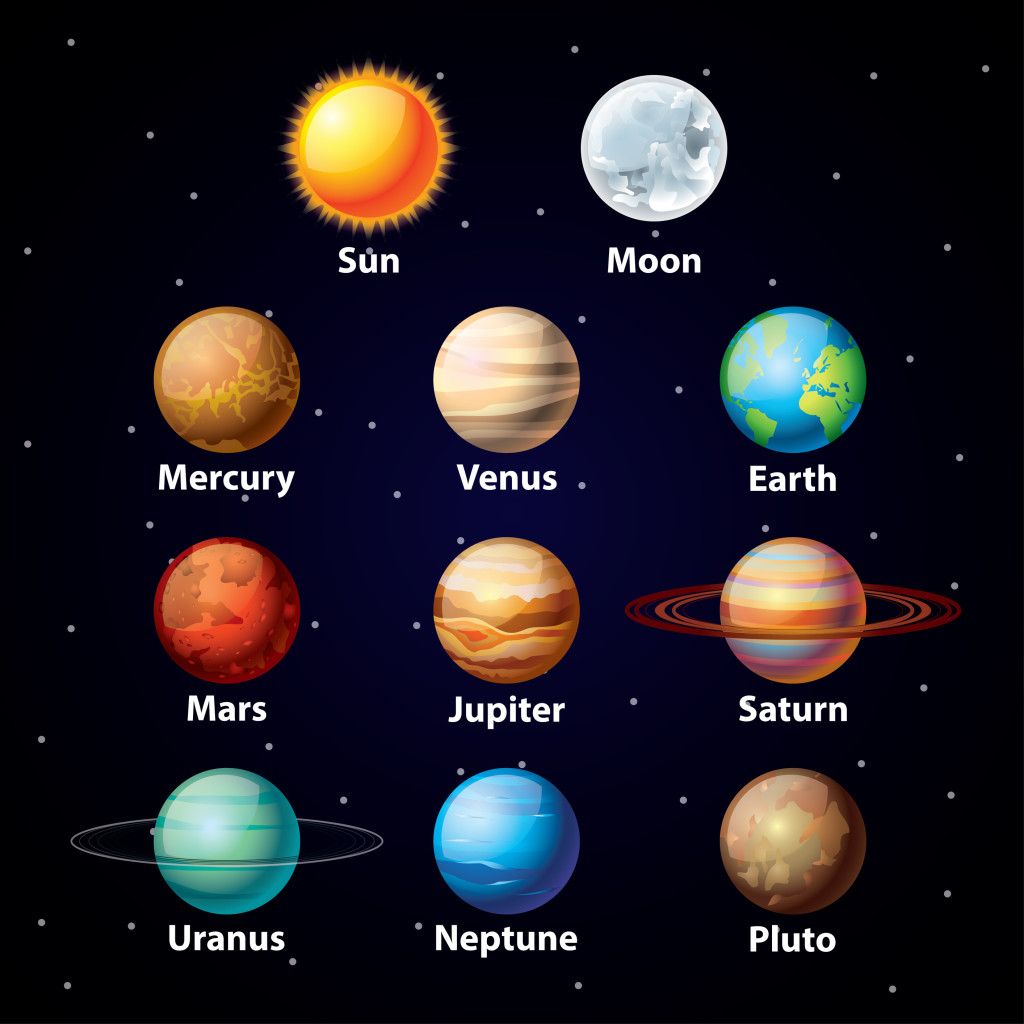
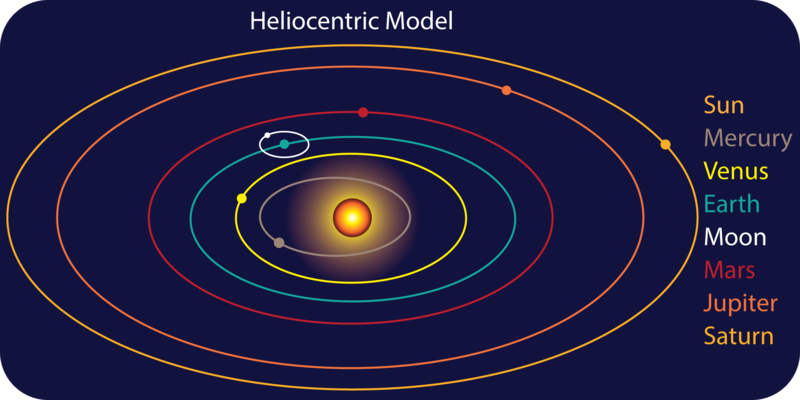
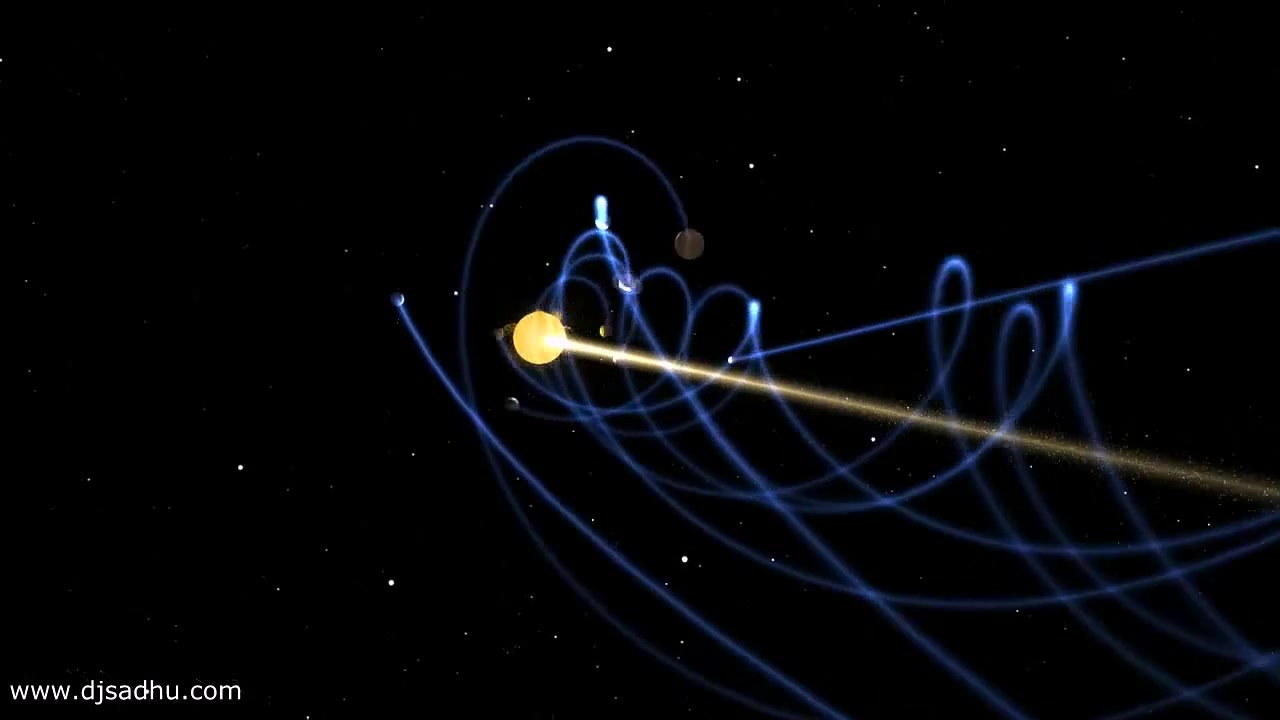
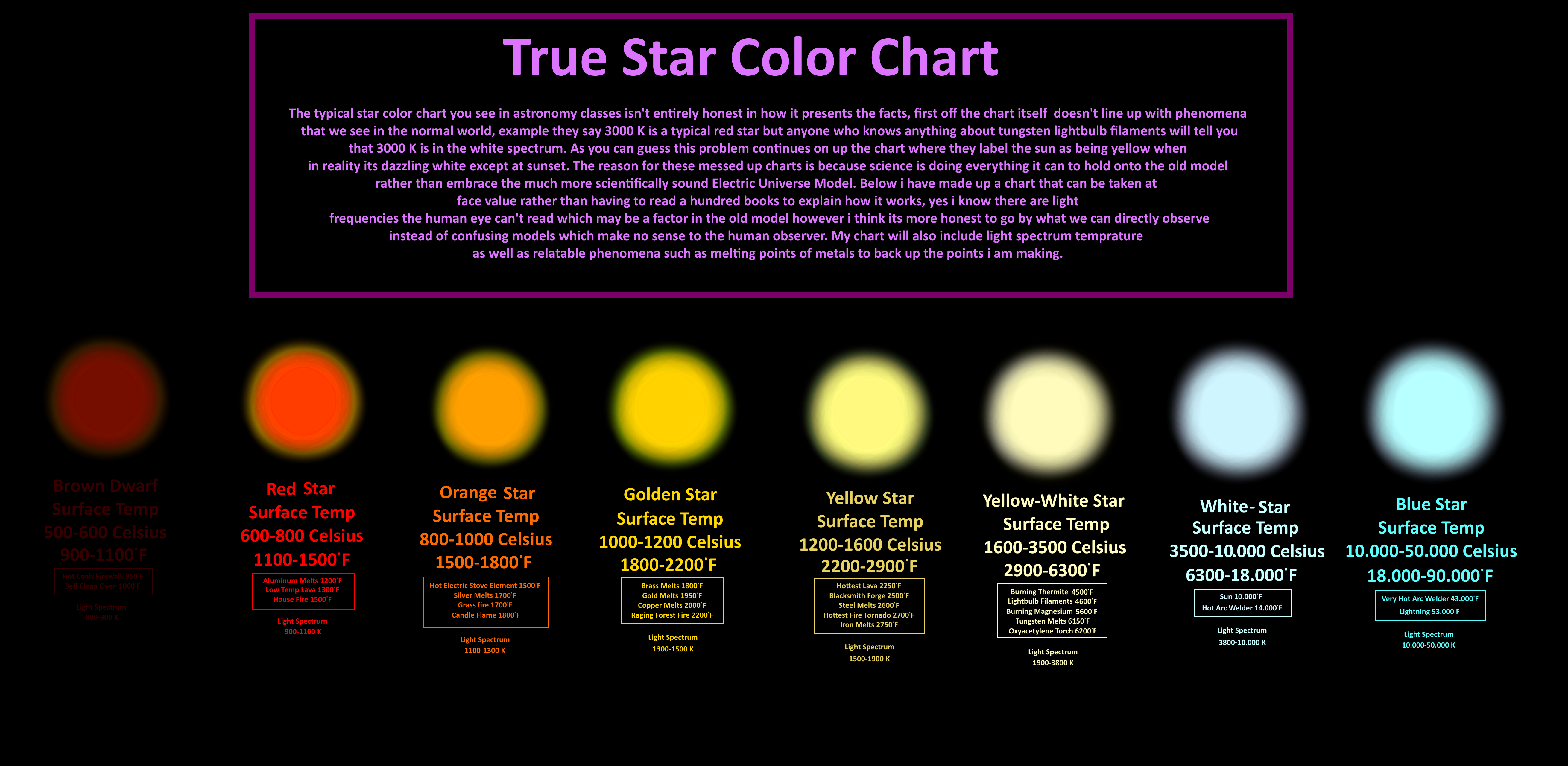

 Make Your Own Solar System (Amazon).
Make Your Own Solar System (Amazon).